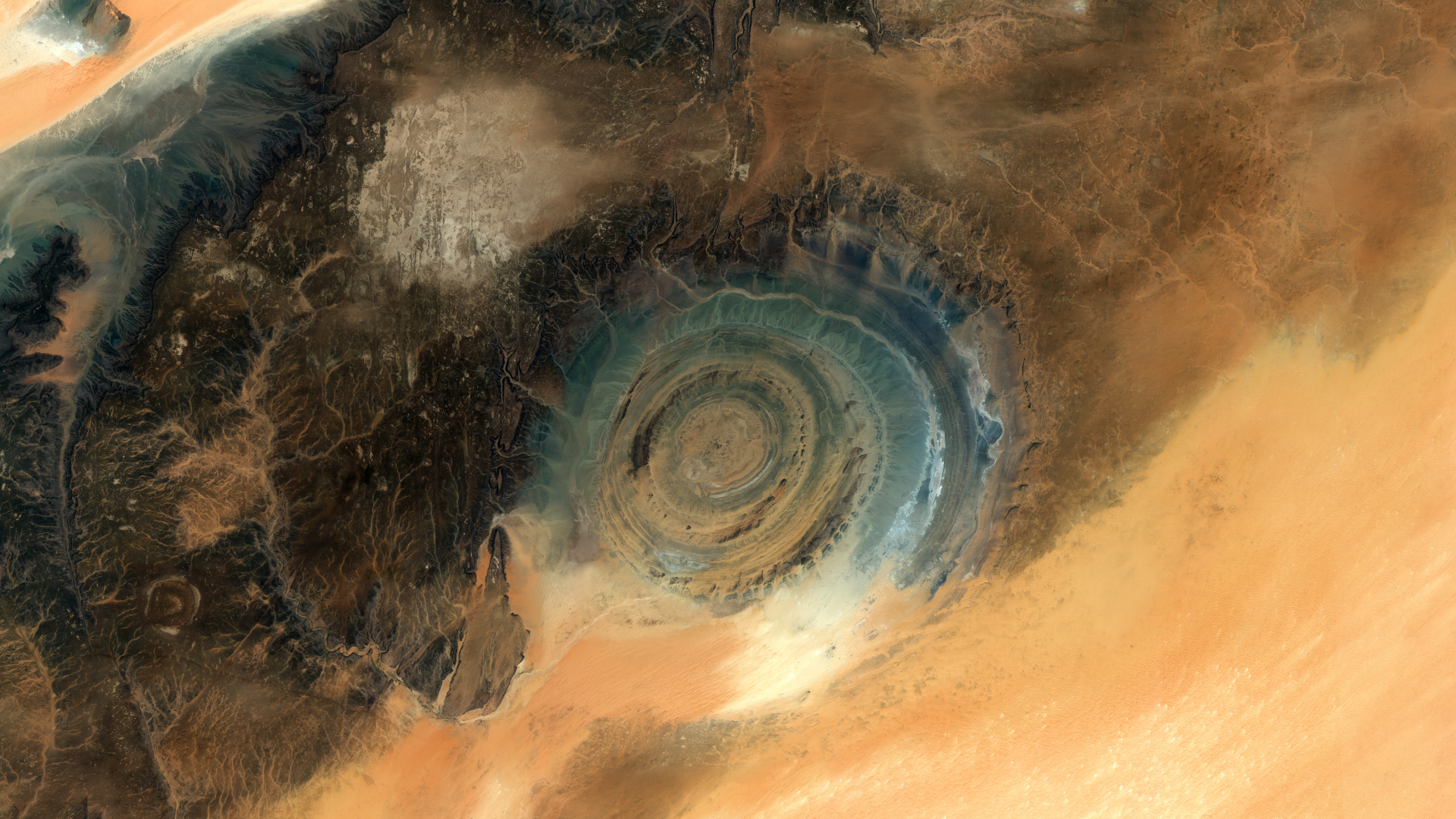Final Delta 2 Rocket of 2007 Launches New GPS Satellite

Aproductive year for the Delta rocket program that launched spacecraft toobserve Earth, dig up frozen water on Mars and explore uncharted worlds in theasteroid belt was capped with a successful ascent of a modernized GPSnavigation satellite on Thursday afternoon from Cape Canaveral.
The year's finale began at3:04 p.m. EST (2004 GMT) as the Delta 2 booster dartedaway from pad 17A carrying the newest craft for the Global PositioningSystem.
The three-stage launcherpropelled the 4,500-pound satellite into a highly elliptical orbit reachingabout 11,000 miles at the high point, 100 miles at the lowest and inclined 40degrees to the equator. The Lockheed Martin-made satellite was released fromthe spent rocket 68 minutes after liftoff.
"The Delta 2 and GPSteam did great work throughout this launch campaign," said Col. JamesPlaneaux, Air Force mission director for the launch and commander of the DeltaGroup. "I'm thrilled to see those long hours and dedication to the missionrewarded with a pinpoint orbit insertion for GPS 2R-18."
A solid-propellant kickmotor on the satellite itself will fire in a few days to circularize its orbitat 11,000 miles and increase the inclination to 55 degrees where the GPSconstellation flies. The craft should be ready to enter service within a coupleof weeks.
"The successfuldeployment of this high-performance satellite represents another importantmilestone in the modernization of the GPS constellation and reflects ourcommitment to achieving mission success for our customer," said DonDeGryse, Lockheed Martin's vice president of Navigation Systems. "Our teamis now focused on performing a rapid and efficient on-orbit checkout to quicklyplace the satellite's advanced navigational capabilities into operationalservice."
Controllers will maneuverthe $75 million craft into the Plane C, Slot 1 position of the constellation totake the place of GPS 2A-24. That satellite then moves into another rolereplacing the ailing GPS 2A-20 satellite, which was launched in May 1993 andhas long outlived its seven-year design life.
Breaking space news, the latest updates on rocket launches, skywatching events and more!
Theorbiting network emits continuous navigation signals that allow users to findtheir position in latitude, longitude and altitude and determine time.
The GPS 2R-18 spacecraft isthe fifth in a series of eight with enhanced features designed to rejuvenatethe GPS constellation.
"Today's launch movesus another step closer to modernizing the vital GPS constellation, whichprovides combat effects our warfighters depend on," said Brig. Gen. SusanHelms, commander of the Cape's 45th Space Wing.
The modernized satellitestransmit additional signals and feature improvements aimed at greater accuracy,tougher resistance to interference and better performance for users around theworld.
The new civilian signalremoves navigation errors caused by the Earth's ionosphere. The militaryadvancements will provide an enhanced jam-resistant signal and enablemore-precise targeting of GPS-guided weapons in hostile environments.
"We have the mostrobust and capable Global Positioning System in the history of space, and weare focused on delivering world-class space-based positioning, navigation andtiming capabilities for our military and civil communities. Thanks to the menand women of the 45th and 50th Space Wings, our industry partners and the Delta2 and (GPS) 2R launch teams, the success of today's launch was possible due totheir dedication and hard work," said Col. David Madden, commander of theSpace and Missile Systems Center's Global Positioning Systems Wing.
Nine Delta rockets soaredto space in 2007, all delivering their NASA, U.S. military and commercialcargos without fault.
"This launch wraps upa high-tempo year of delivering space capability to our nation, including threeDelta launches from Cape Canaveral in the last 64 days. It's a great year-endexclamation point for the Launch and Range Systems Wing, the United LaunchAlliance, and all of our mission teammates," said Planeaux.
The highlights from 2007:
- The Phoenix lander was dispatched for Mars to examine the frozen water in the northern plains that could be a habitable zone for life.
- NASA's Dawn space probe powered by exotic ion engines was launched to orbit the worlds of Vesta and Ceres in the heart of the asteroid belt.
- Five tiny NASA satellites for the THEMIS mission were put in orbit to uncover the physics behind Earth's auroras.
- Two launches of modernized replacement satellites were carried out to reinvigorate the Global Positioning System.
- A pair of Italian-made COSMO-SkyMed satellites that use radar to image the Earth for commercial and military uses were lofted in separate launches.
- The Delta 2 rocket marked its 75th consecutive successful launch with deployment of the sharp-eyed WorldView 1 Earth-imaging spacecraft.
- And the mammoth Delta 4-Heavy rocket entered operational service with the launch of the Air Force's final Defense Support Program missile warning satellite.
Complete coverage all ninelaunches, plus the missions from the past several years can be found in our Delta archive.
- Looking Back on 50 Years of Spaceflight
- IMAGES: 20 Great Rocket Launches
- All About Satellites
Copyright2007 SpaceflightNow.com, all rights reserved.
Justin Ray is the former editor of the space launch and news site Spaceflight Now, where he covered a wide range of missions by NASA, the U.S. military and space agencies around the world. Justin was space reporter for Florida Today and served as a public affairs intern with Space Launch Delta 45 at what is now the Cape Canaveral Space Force Station before joining the Spaceflight Now team. In 2017, Justin joined the United Launch Alliance team, a commercial launch service provider.

